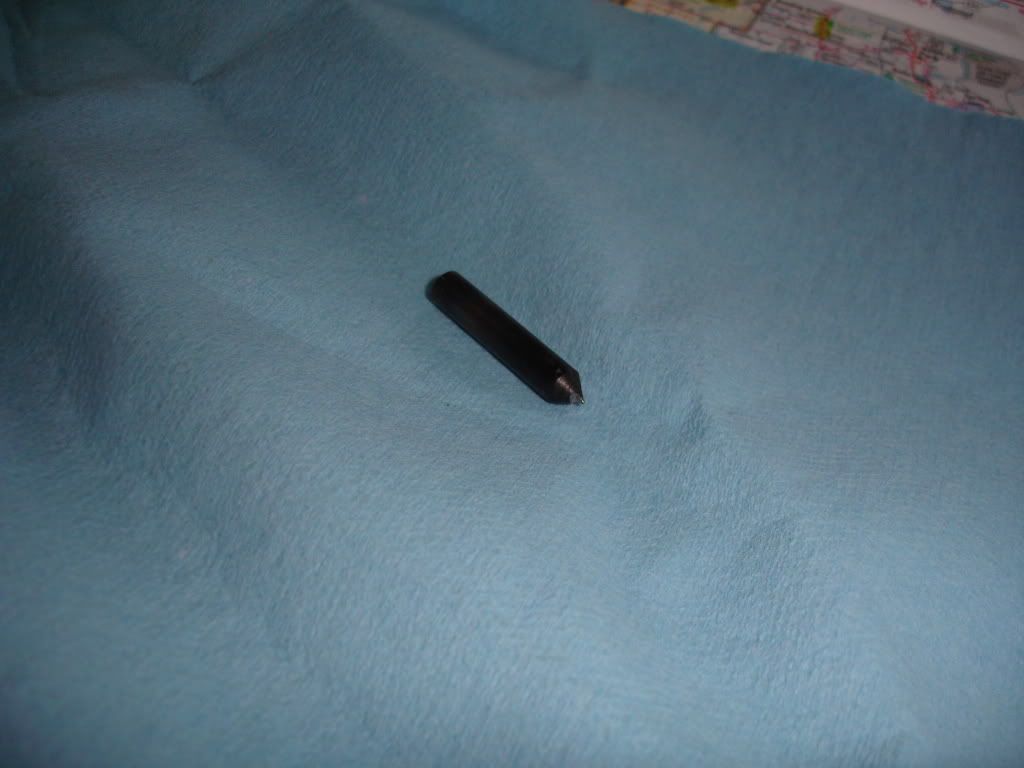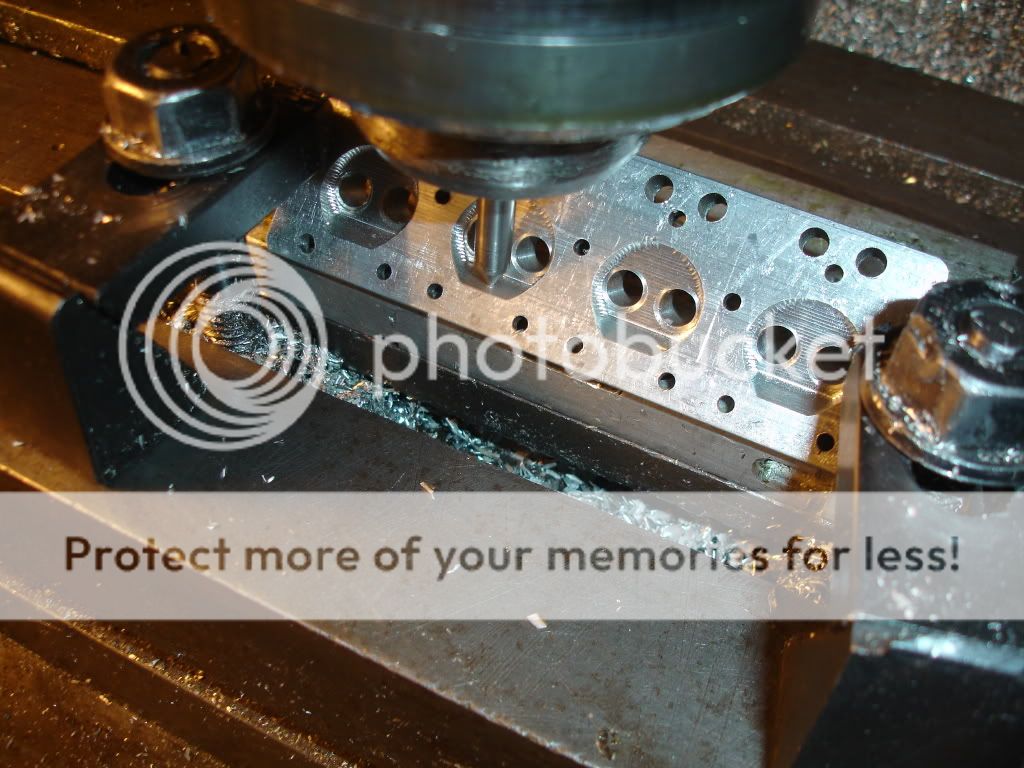- Joined
- Aug 22, 2007
- Messages
- 193
- Reaction score
- 1
If one has several holes of the same size to drill in a piece what is the best procedure to use? Center/spot all of the holes and then switch to the drill bit an go back over them or spot and drill each one at a time?? This is using a DRO. Holes are <.125"
Also is there and difference in whether you use a center/spotting drill or a combo drill/countersink??
Thanks,
Julian
Also is there and difference in whether you use a center/spotting drill or a combo drill/countersink??
Thanks,
Julian


































































